Episode 5: Friction value on the truck - What really counts?
If you are on the Rothschenk website, it can probably be assumed that you have already heard more or less about the topic of load securing. Should you do any more research on the Internet, you will stumble across forums, information pages from consultants and trainers, other manufacturers and dealers, major testing institutions and, last but not least, groups on social media, and all on the subject of load securing.
Particularly in the groups, people argue with a lot of zeal that another belt would have to go here and that the belt would have to be three cm further away there in order to have the ideal angle. Of course, the self-proclaimed gurus then also come into play, whose Latin ends pretty quickly and they then argue with wild insults and baseless theses.
But where is actually, to follow the old saying the "dog buried"?
In every load securing training course, at every load securing event, at every load securing lecture, you always hear one thing "the loading area must be clean in order to obtain the highest possible friction". Even a good anti-slip mat cannot fulfill its purpose if it is placed on a dirty loading area.

About the author:
In a series of specialist articles from the field, on topics relating to containers and trucks, you will receive first-hand professional knowledge.
How to secure cargo correctly and what are the basics of cargo securing?
They are developed and presented by Christian Schmid, owner of L.K.W.-Schmid:
- Certified DVR- Moderator according to DIN ISO 17024
- QM representative
- Dangerous goods officer
- Certified industrial foreman motor transport
- Driving Instructor C/CE
- Since 2009 trainer in logistics
- Moderation of the "Load Securing Event Area" within the framework of the LogiMat in Stuttgart
- Member of the board of examiners for the Industriemeister Kraftverkehr at the IHK Bayreuth
- Member of the expert committee for the preparation of the examination questions for the "Industriemeister Kraftverkehr" on behalf of the DIHK (German Chamber of Industry and Commerce)
- Trade book author
Episode 5: Friction value on the truck - What really counts?
But what is clean?
If five people look at a loading area, there will probably be ten different opinions.
If a very clean person looks at it, he would probably prefer to take a bucket of detergent and possibly even disinfectant to disinfect the loading area.
However, if a very untidy person comes into the same embarrassment, the threshold of cleanliness is very likely to be very far away. Then the self-proclaimed practitioner still comes into play, with the sentence: "I've seen worse".
Testing
Actually, it is very easy to determine a clean loading area.
In which the loading employee watches as the driver sweeps the entire loading area with a broom.
A useful tool for this purpose is a house broom with black or brown bristles. A street sweeper should not be used, as it often does not sweep as cleanly. Some also use a compressor to blow off the loading area.
Here, however, it can often be observed that the dirt is deposited again in another place due to the turbulence. Therefore, it is better to do without the technique and use the conventional broom.
What sweeping type?
You also have to pay attention to what type of sweeper the driver or the driveress are.
Here I distinguish between three different types:
- The clean one - this one removes as far as possible everything that is on the loading area and sweeps the vehicle from front to back.
- The lazy one - this one leaves everything, even the anti-slip mats already laid out, on the loading area, and then sweeps over the mats.
- The muddy one - this one has already laid out his anti-slip mats and now takes a hand brush to the hand, folds up the mat, sweeps only at the place where the mat lies and puts it down again.The muddy one - this one has already laid out his anti-slip mats and now takes a hand brush to the hand, folds up the mat, sweeps only at the place where the mat lies and puts it down again.
Impact
Let's start from the back. The "sloppy one" works very meticulously and also ensures that physics is proven right and the friction is probably relatively high.
However, there could be argumentation problems in the context of a traffic control if the inspectors assume that the loading area is dirty because the rest of the load has not been swept off.
With the "lazy one", a police officer would be reassured in most cases, but from a physical point of view, there are dirt particles between the friction partners, so that things could go wrong in the event of a possible emergency braking or evasive action. Therefore, of course, the "clean" is also our personal No. 1, since this is the only way to meet the physics and the control officer.
Excuses...and measures
Another issue with cleanliness is always the time factor. Therefore, statements such as "We load ... trucks a day, if we now also have to check this, then we can load 10 vehicles less per day right away" often and gladly come up.
The fact is, if the person loading the vehicle watches each driver sweep the loading area, then 5 to 15 minutes have passed pretty quickly per vehicle and this then adds up over the day. But there is another way.
One possibility is a driver's slip, which the driver receives when he registers. This states that the driver must sweep the loading area before entering the loading area. If it is called off and is clean, then the goal is achieved.
However, if he has not swept the loading area, one measure would be to send him back to the waiting position. Such a measure has already helped many companies to "educate" drivers and to follow instructions.
However, there is another possibility. If the loading person finds that the loading area is dirty, he instructs the driver to sweep the loading area.
Then it drives back into the warehouse and fetches the next load. If the loading area is clean, the loading can be started immediately, if it is not, then the employee positions the load in a free place and fetches the next good and this game is repeated until the loading area is clean.
Time is money?
Often, the driving personnel would rather discuss for 45 minutes why the loading area is not clean than spend 5 minutes sweeping it. Such a discussion is also quickly explained with a driver's routing slip or with a work instruction "BECAUSE IT STANDS" and the loading personnel must adhere to the employer's work instructions.
In many cases, it also makes sense to inform the shipping company that there are difficulties with one or the other.
The clean loading area is also a basis for positive load securing in a Code XL body.
In a Code XL certificate, there is always a listing of the circumstances under which the superstructure can withstand the forces applied. Right at the beginning of the list, you will find "sliding friction coefficient of at least µD = 0.3". This 0.3 can only be achieved if the loading area is swept clean.
To put all this into numbers, here's a comparison:
We assume that a wooden crate with a mass of 5,000 kg is loaded onto the bed of a truck.
If the loading area is in a clean condition, a coefficient of sliding friction of µD = 0.3 (30%) can normally be assumed. This means that the frictional force is 5,000 daN x 0.3 = 1.500 daN.
If anti-slip mats (ARM) were used, which are then correctly laid out on the clean loading surface, the frictional force would be 5,000 daN x 0.6 = 3.000 daN.
However, if the loading area is dirty, it is largely irrelevant whether or not there are ARMs between the load and the loading area, since the coefficient of sliding friction may only be µD = 0.1.
The frictional force is therefore only 5,000 daN x 0.1 = 500 daN. At first glance, this does not seem so dramatic, but in combination with a tie-down lashing, it is possible that more than 50 lashing belts would be required to actually secure this crate.
Conclusion:
If we can't get it organized that the loading areas are clean before loading, we don't need to talk about belts, chains & co in most cases, unless you end up really managing to secure a load with a friction µD ≤ 0.1.
Your Christian Schmid.

It's often the little things that have a big impact. It's good that Christian has taken up this topic once.
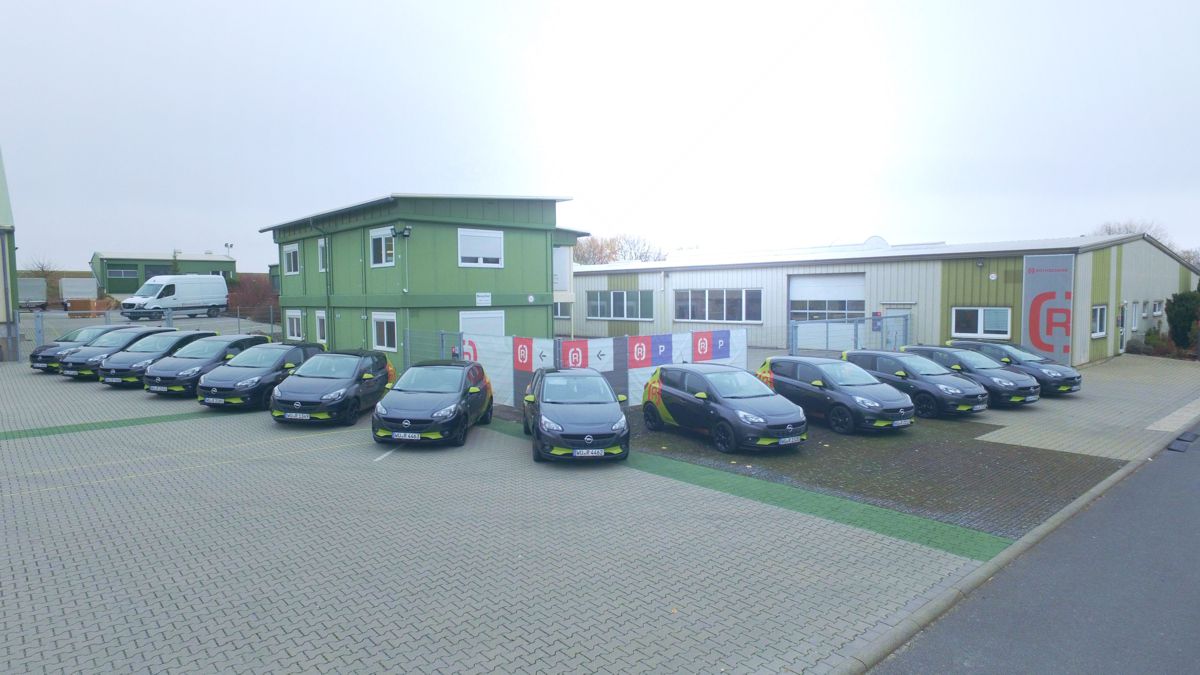
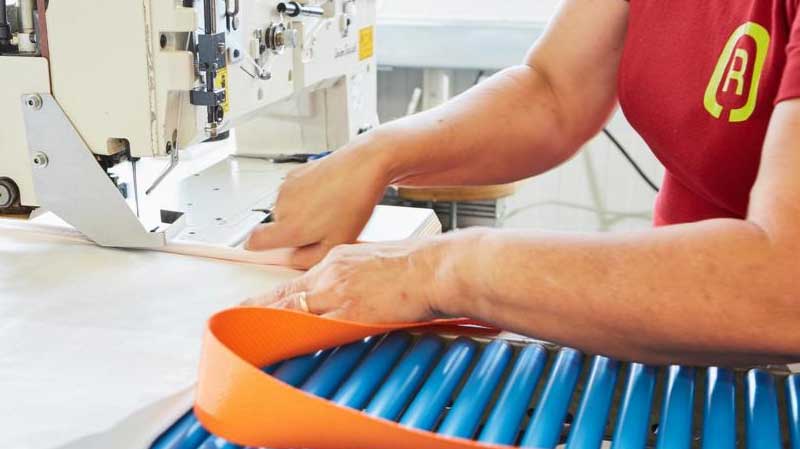
On our own account:
Rothschenk. That's us.
Rothschenk is a manufacturer of load securing equipment for overseas containers. In the tranquil town of Aub in central Franconia, we develop, test and sell our own load securing equipment such as dunnage bags/padding, Lashing restraint systems, Edge Protectors, Anti-slip Mats, Lashing Straps and drum securement. You can get a small insight into our product world in our Online Shop: [R] SHOP24.
We develop for our customers, to whom also large corporations e.g. from the CHEMICALS-, BEVERAGES- and Automotive industry belong, individual load securing. Therefore we are used to come up with new products and solutions in our own research and test department.
We stand for quality "Made in Germany„. Not only in development, but also in production. Because we are the only manufacturer for load securing with our own production site in Germany. Real "Made in Germany" even.
>> Please use the comment function below for suggestions, additions and also for further questions.
We will, of course, respond promptly and professionally. Your Rothschenk Team


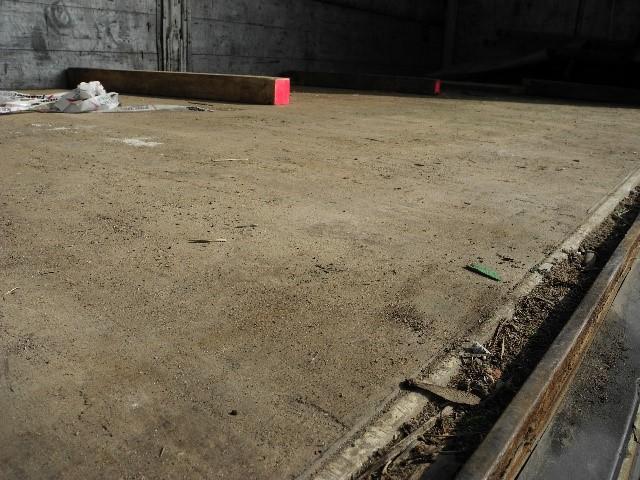


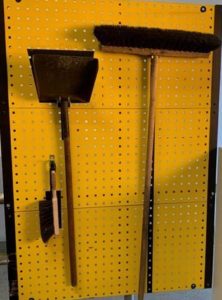
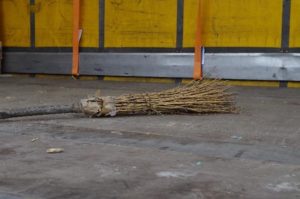
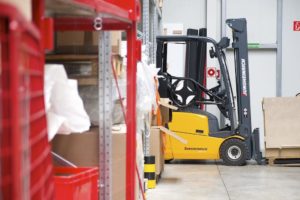


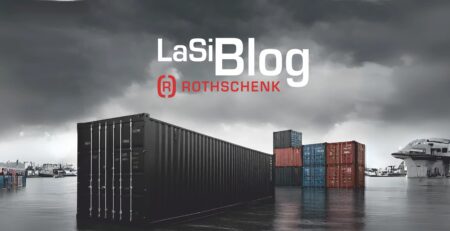
Schreibe einen Kommentar